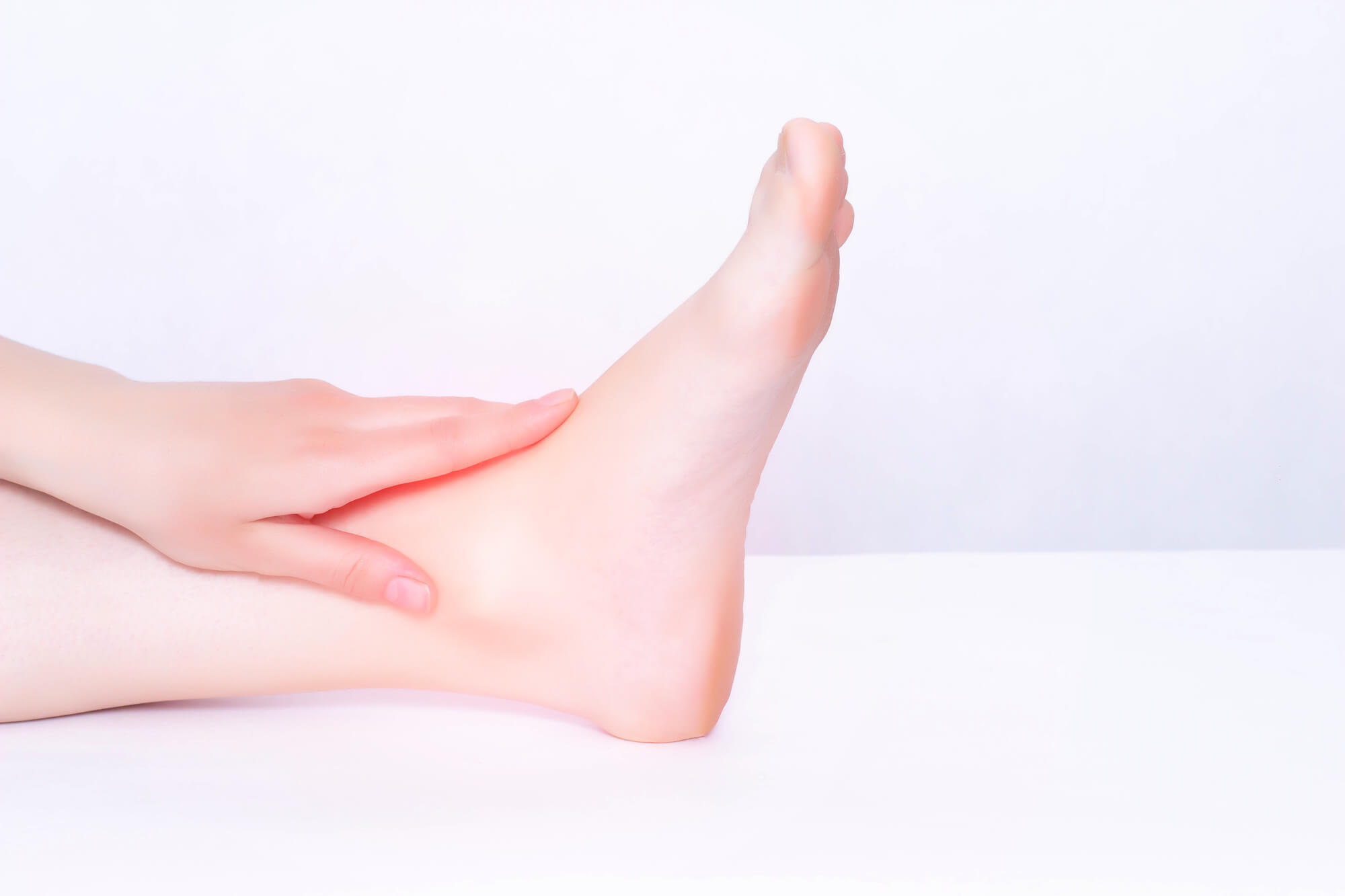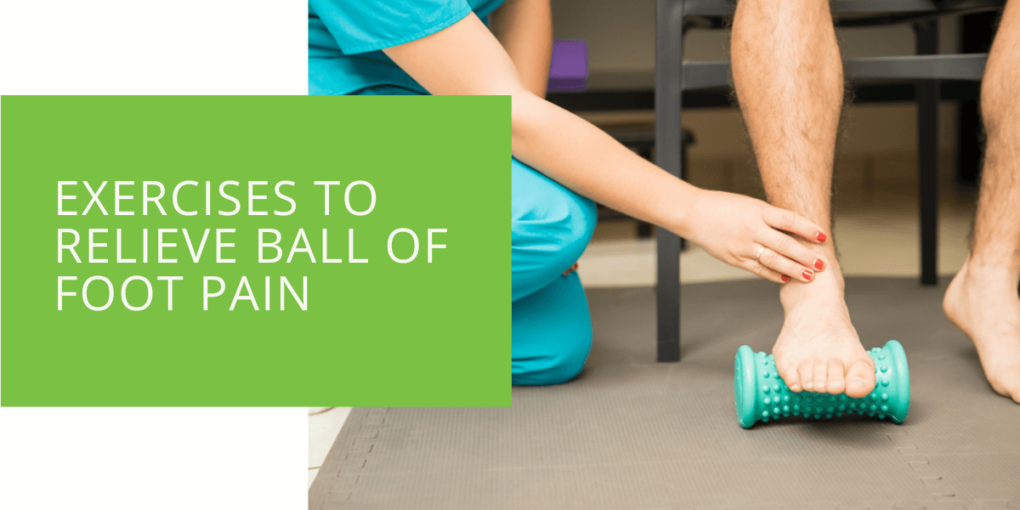Exercises to Relieve Ball of Foot Pain
Ball of foot pain, also known as metatarsalgia, is a common condition that affects the ball of the foot, the area just behind the toes. Ill-fitting shoes, high heels, or overuse often cause this pain. It can also be a symptom of other conditions, such as plantar fasciitis or a stress fracture. If you're experiencing pain in the ball of your foot, it's important to consult with a podiatrist to rule out any underlying conditions.
Stretching Exercises
Stretching exercises are an effective way to relieve pain in the ball of your foot. These exercises can help stretch and strengthen your foot and ankle muscles, helping to alleviate pain and prevent future injuries.
Toe Stretch
Sit with your feet flat on the floor and your knees straight. Use your hand to pull your toes back towards your ankle gently. Hold the stretch for 20-30 seconds, then release. Repeat the stretch with each toe.
Towel Stretch
Sit with your feet flat on the floor and your knees straight. Place a small towel under the ball of your foot. Hold each end of the towel and gently pull it towards you. You should feel a stretch in the ball of your foot. Hold the stretch for 20-30 seconds, then release. Repeat the stretch with the other foot.
Marble Pick-Up
Sit with your feet flat on the floor and your knees straight. Place a handful of marbles in front of you. Use your toes to pick up each marble and place it in a container. Repeat the exercise for several minutes.

Strength Training Exercises
In addition to stretching exercises, strength training exercises can also help to alleviate pain in the ball of your foot. These exercises can help to strengthen the muscles in your foot and ankle, helping to alleviate pain and prevent future injuries.
Toe Raises
Stand with your feet flat on the floor and your knees straight. Slowly rise up on your toes, then slowly lower back down. Repeat the exercise for several minutes.
Foot squeezes: Sit in a chair with your feet flat on the floor and your knees straight. Place a small ball or foam roller under the ball of your foot. Squeeze the ball or foam roller with your toes, then release. Repeat the exercise for several minutes.
Calf Raises
Stand with your feet flat on the floor and your knees straight. Slowly rise up on your toes, then slowly lower back down. Repeat the exercise for several minutes.
Foam Rolling
Foam rolling is a great way to relieve pain in the ball of your foot. By using a foam roller on the foot and calf muscles, you can help to alleviate pain and improve mobility.
To use a foam roller, sit in a chair with one foot on the foam roller. Roll the foam roller back and forth under the ball of your foot, applying pressure as needed. Repeat the exercise with the other foot.

Other Tips for Relief
In addition to exercises, there are other things you can do to alleviate pain in the ball of your foot.
Proper Shoes
Wearing shoes that fit well and have adequate support can help to alleviate pain in the ball of your foot. Avoid high heels and choose shoes with a low heel and a wide toe box.
Rest and Ice
Resting and icing the affected area can help to alleviate pain and reduce inflammation.
Over-The-Counter Pain Relievers
Over-the-counter pain relievers such as ibuprofen can help to alleviate pain and reduce inflammation.
Conclusion
Ball of foot pain can be a debilitating condition affecting many people's daily lives. However, by incorporating stretching and strength training exercises, foam rolling and other tips such as proper shoes, rest, ice, and over-the-counter pain relievers, you can alleviate pain and improve mobility in the affected area. Always consult with a podiatrist to rule out any underlying conditions and ensure you are performing exercises correctly and safely. Also, if you continue experiencing pain or discomfort, even after trying these exercises, it's important to seek further medical advice from a podiatrist or foot and ankle specialist. With the right exercises and tips, you can keep your feet healthy and pain-free to continue to enjoy your daily activities.
FAQ
How do you relieve pain in the ball of your foot?
To relieve pain in the ball of your foot, you can try stretching exercises such as toe stretches, towel stretches, and marble pick-ups, strength training exercises such as toe raises, foot squeezes, and calf raises, foam rolling, and other tips such as proper shoes, rest, ice and over-the-counter pain relievers. It's important to consult with a podiatrist to rule out any underlying conditions and ensure you perform exercises correctly and safely.
What is the fastest way to cure metatarsalgia?
The fastest way to cure metatarsalgia depends on the condition's underlying cause. It's important to consult a podiatrist to determine the cause and develop an individualized treatment plan. However, incorporating stretching and strength training exercises, foam rolling, and other tips such as proper shoes, rest, ice, and over-the-counter pain relievers can help to alleviate pain and improve mobility in the affected area.
How do you stretch the balls of your feet?
To stretch the balls of your feet, you can try the following exercises:
- Toe stretch: Sit flat on the floor and your knees straight. Use your hand to pull your toes back towards your ankle gently. Hold the stretch for 20-30 seconds, then release. Repeat the stretch with each toe.
- Towel stretch: Sit flat on the floor and your knees straight. Place a small towel under the ball of your foot. Hold each end of the towel and gently pull it towards you. You should feel a stretch in the ball of your foot. Hold the stretch for 20-30 seconds, then release. Repeat the stretch with the other foot.
What does it mean when the balls of your feet hurt?
Pain in the ball of your foot, also known as metatarsalgia, is a common condition that affects the ball of the foot, the area just behind the toes. Ill-fitting shoes, high heels, or overuse often cause this pain. It can also be a symptom of other conditions, such as plantar fasciitis or a stress fracture. If you're experiencing pain in the ball of your foot, it's important to consult with a podiatrist to rule out any underlying conditions and to develop an individualized treatment plan.

